I’ve Been To This Underrated Greek Island Near Athens And It Might Be The Best Alternative To Mykonos
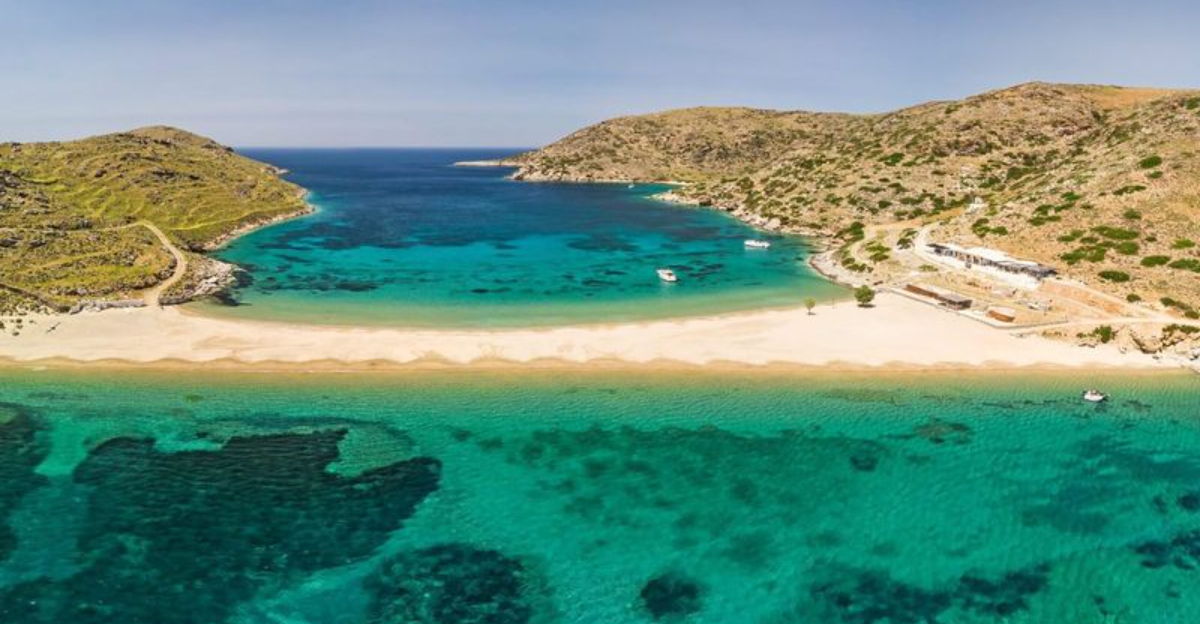
Most travelers head straight for Mykonos or Santorini, but few realize there’s an entirely different side to the Greek islands waiting just beyond the usual routes. A short ferry ride takes you to a place where time slows, prices stay reasonable, and traditions remain deeply rooted in daily life.
Picture pristine beaches without rows of umbrellas, quiet villages where locals still greet you by name, and natural hot springs bubbling up under the open sky. This isn’t the over-polished version of Greece you’ve seen a hundred times — it’s the kind of authentic island escape that feels like a well-kept secret.
1. How I Discovered Kýthnos
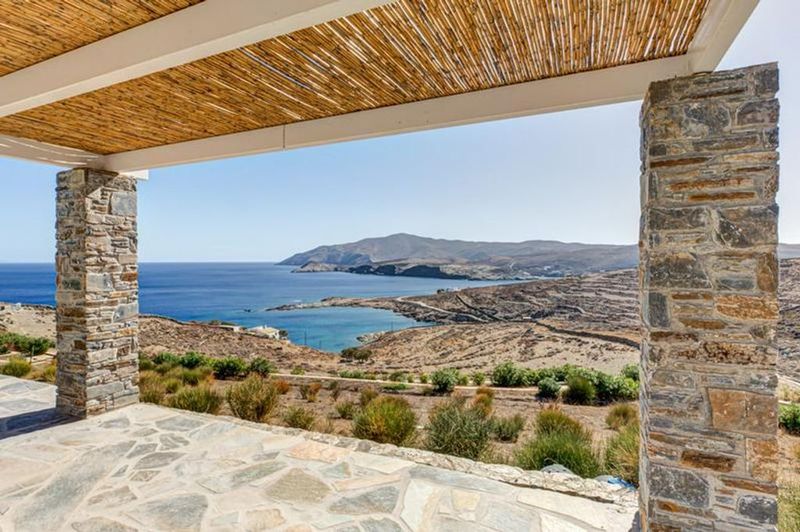
Exhausted by Instagram feeds filled with the same Santorini sunset shots, I yearned for something different. Kýthnos appeared in a travel forum where locals shared their favorite escapes.
This Cycladic treasure promised authentic Greek life without tour buses clogging narrow streets or selfie sticks at every turn.
2. Getting There From Mainland Greece

Ferries depart regularly from Athens’ Piraeus port, with journey times ranging from 1.5 to 3 hours depending on vessel type.
Kýthnos welcomes travelers at Merihas port, where the island’s relaxed rhythm immediately becomes apparent. Book tickets through Ferryhopper or similar sites, especially during summer when seats fill quickly.
3. First Impressions Upon Arrival
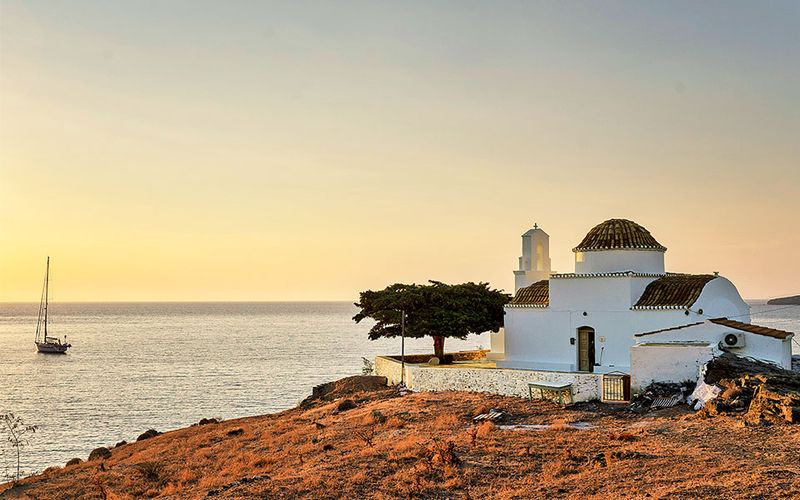
Stepping off the ferry feels like traveling back in time. No taxi hordes or commercial billboards compete for attention – just genuine smiles from locals.
The island’s unhurried pace immediately melts away urban stress. Kýthnos greets visitors with gentle sea breezes carrying hints of wild herbs and the distant melody of goat bells.
4. Traditional Whitewashed Villages
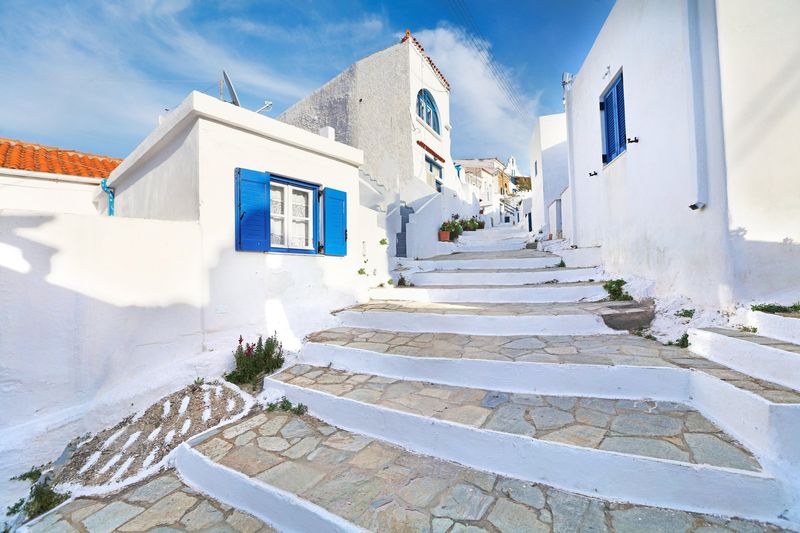
Wandering through Dryopida feels like stepping into a living postcard. Blue-trimmed doorways punctuate dazzling white walls, while bougainvillea cascades from balconies overhead.
Unlike Mykonos’ commercialized streets, Kýthnos villages maintain their authenticity. Chora (the main town) features a perfect maze of narrow passages where elderly residents still gather for afternoon coffee.
5. Stunning Beaches And Crystal-Clear Waters
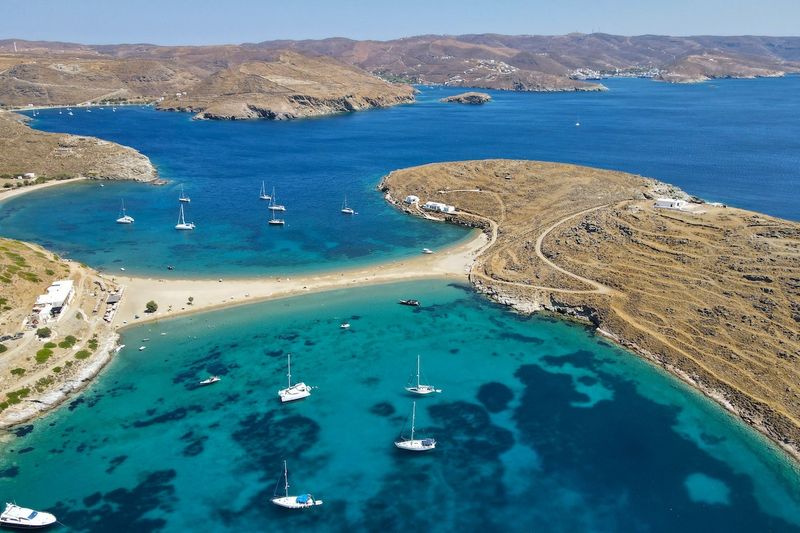
Morning sunlight reveals water so transparent you’ll swear boats are floating on air. Kolona Beach—a remarkable sand strip connecting the mainland to an islet – tops the must-visit list.
Secluded coves like Agios Dimitrios offer peaceful retreats even in August. The turquoise waters of Kýthnos remain largely free from motorized watercraft, preserving their pristine quality.
6. Thermal Springs And Natural Spas
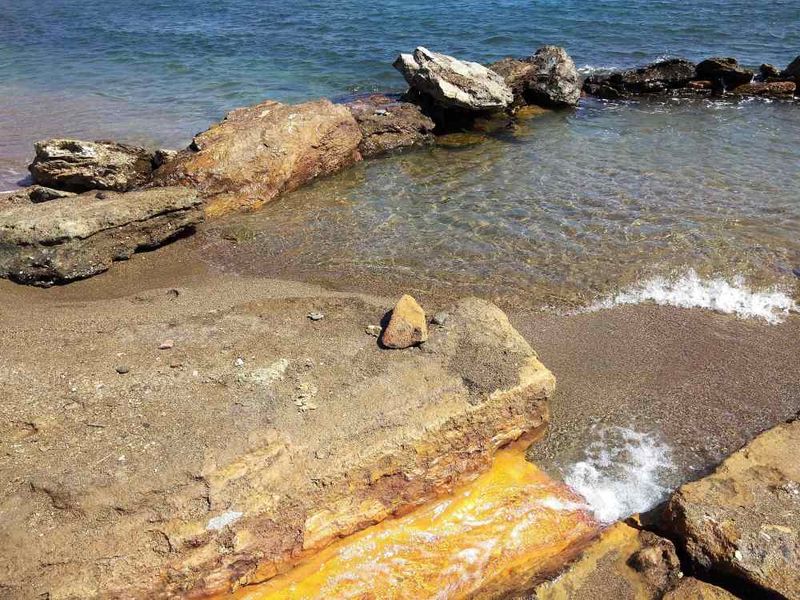
Ancient healing powers bubble up near Loutra village on the northeastern coast. These mineral-rich waters have drawn wellness-seekers since Roman times.
Unlike commercialized spa resorts, Kýthnos offers the rare opportunity to soak in natural hot springs right where they meet the sea. Local elders swear by their therapeutic properties for joint pain and skin conditions.
7. Hiking And Outdoor Activities
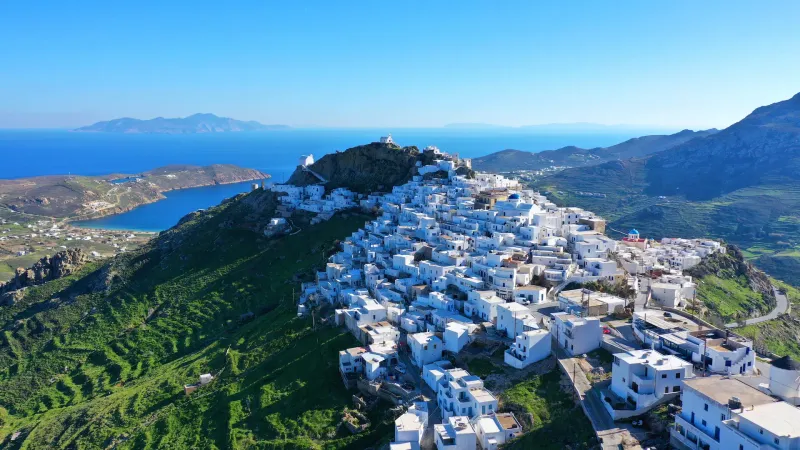
Ancient stone-paved paths crisscross the island, connecting villages that once relied solely on foot travel. The 7km trail from Chora to Loutra rewards hikers with breathtaking sea panoramas.
Spring transforms the landscape with wildflowers carpeting otherwise arid hills. Kýthnos offers perfect terrain for moderate hiking, with well-marked trails suitable for casual walkers and serious trekkers alike.
8. Local Food And Dining Experiences
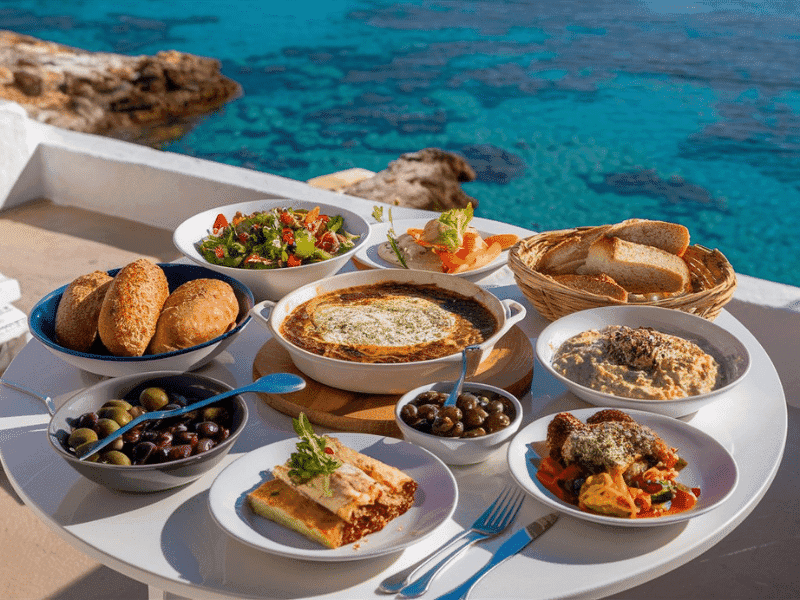
Family tavernas serve dishes made from recipes passed through generations. The island’s specialty, sfougato (a cheese pie with herbs), pairs perfectly with locally-produced wine.
Fresh catch arrives daily at waterfront eateries where tables sit inches from gentle waves. Kýthnos remains refreshingly free from international chains, allowing authentic Greek cuisine to shine without competition.
9. Cultural Experiences And Local Life
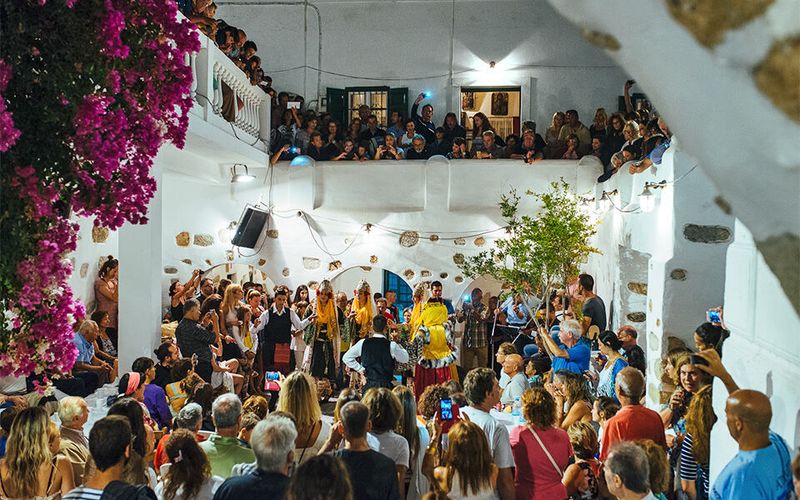
Chance encounters with village festivals offer glimpses into traditions dating back centuries. Summer panigiria (religious celebrations) feature live music, dancing, and communal feasting under starlit skies.
Elderly women still hand-weave textiles using techniques unchanged for generations. Kýthnos preserves cultural practices that have disappeared from more touristic islands, making each interaction a genuine cultural exchange.
10. Best Time To Visit Kýthnos
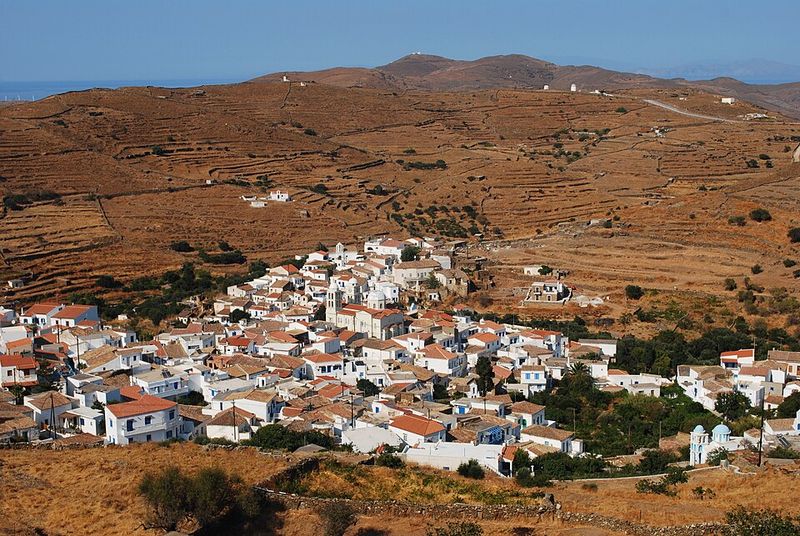
Late spring (May-June) blankets the landscape with wildflowers while offering perfect swimming temperatures without summer crowds. September brings grape harvest celebrations with still-warm seas.
Even July and August remain relatively uncrowded compared to famous neighbors. Kýthnos experiences a shorter tourist season than other Cycladic islands, with many establishments closing from November through March.
11. Practical Tips For Travelers
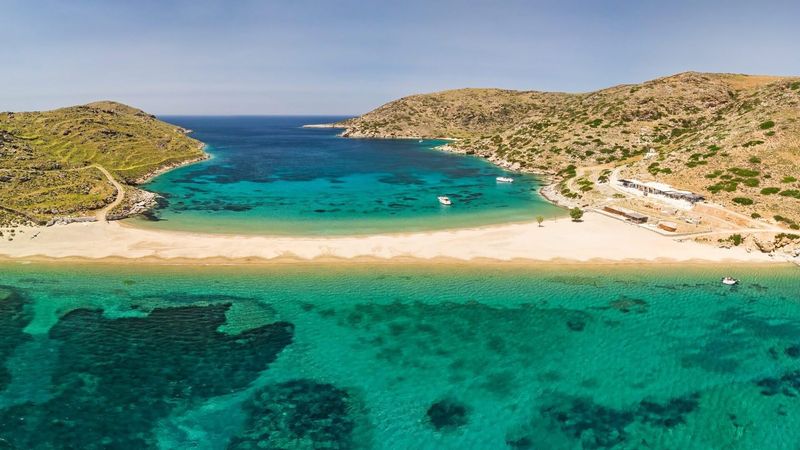
Renting a vehicle proves essential for exploring remote beaches and villages. Scooters work well for couples, while families should consider small cars to navigate narrow roads.
Cash remains king in smaller establishments, with ATMs limited to main villages. Pack sturdy shoes for hiking paths and respect the afternoon siesta when shops close and locals retreat indoors.
12. Why Kýthnos Deserves More Attention
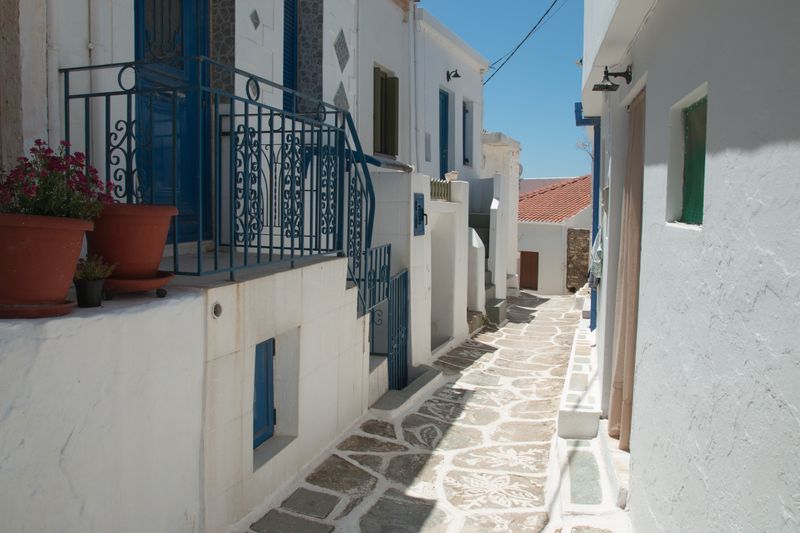
Authenticity flourishes where mass tourism hasn’t yet penetrated. Morning greetings from fishermen mending nets connect visitors to island rhythms unchanged for generations.
The absence of cruise ships and package tours preserves a Greece rapidly disappearing elsewhere. Kýthnos offers what travelers increasingly seek – genuine connections, unspoiled nature, and the luxury of experiencing a destination on its own terms.
